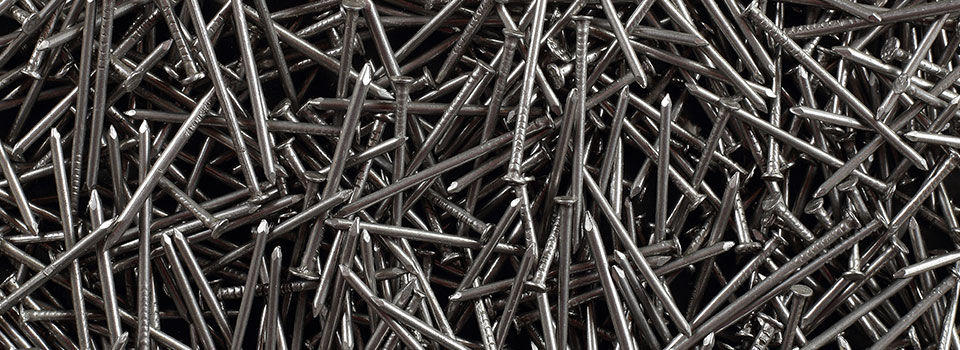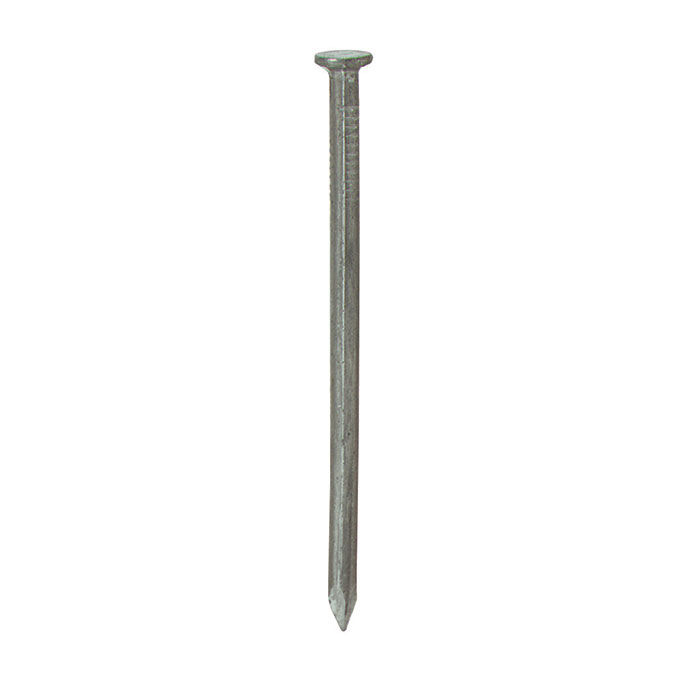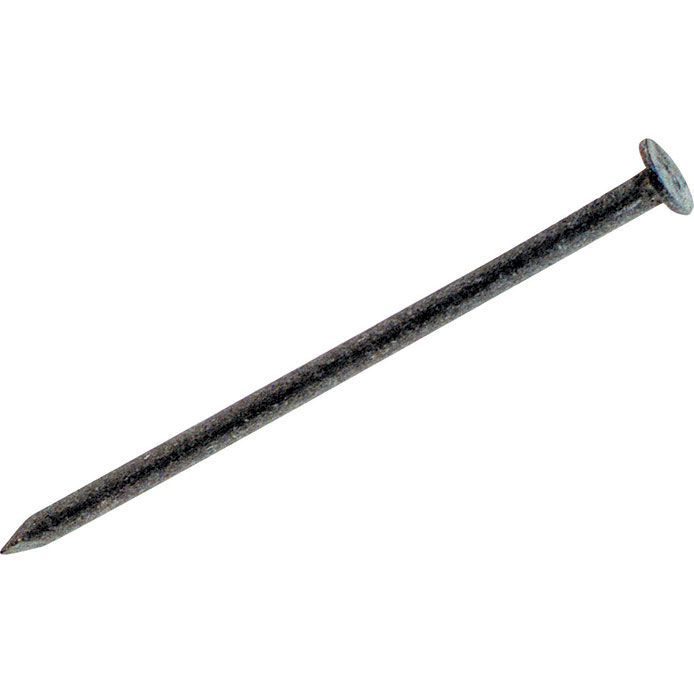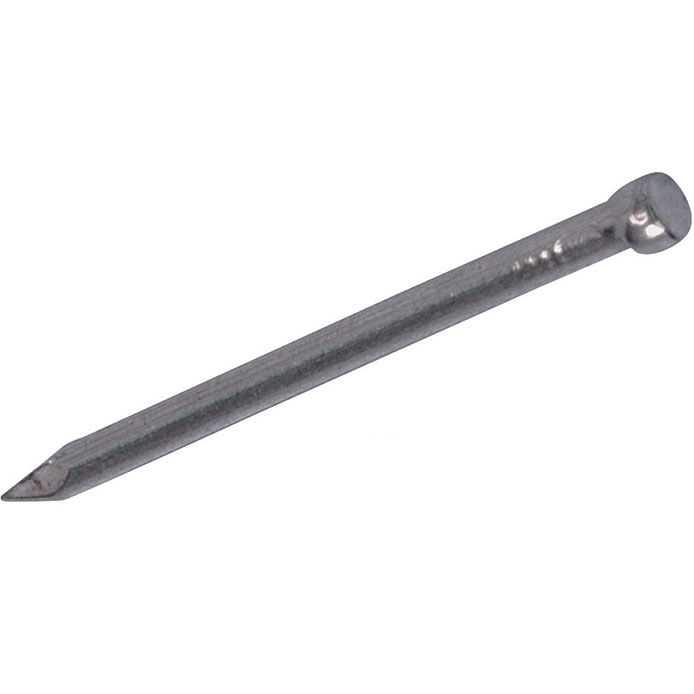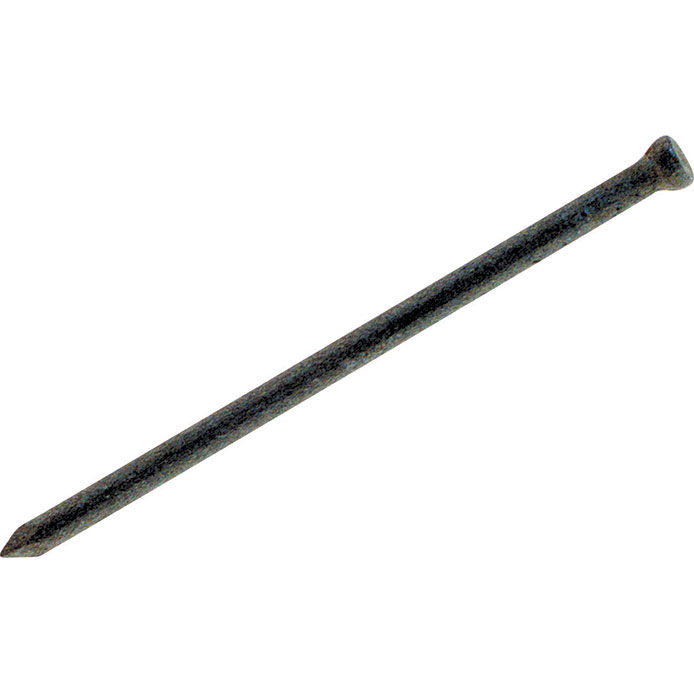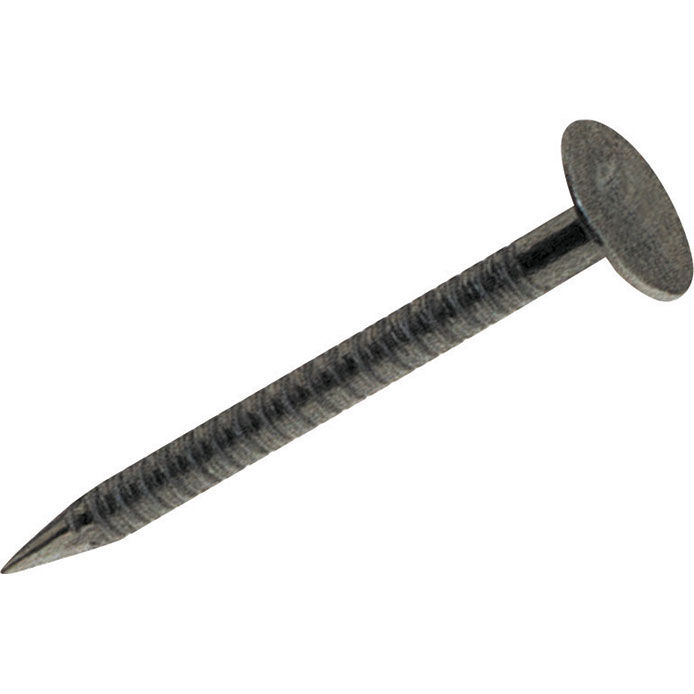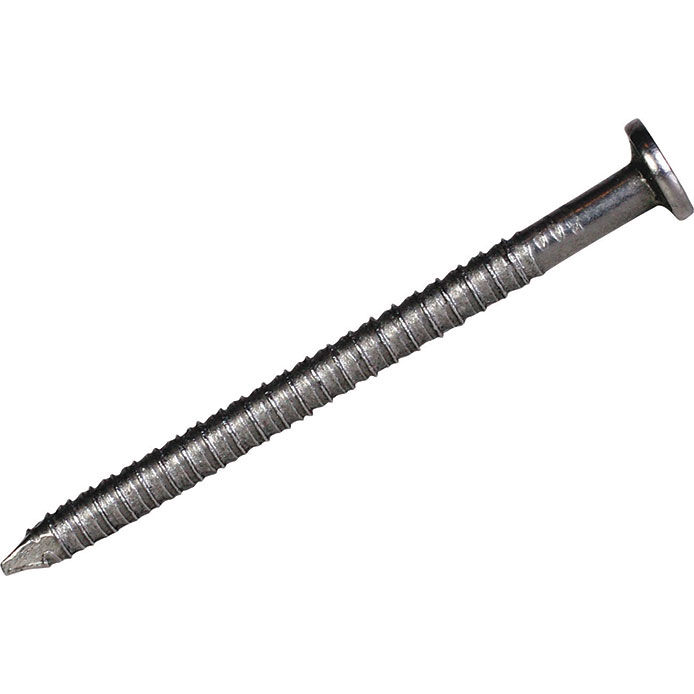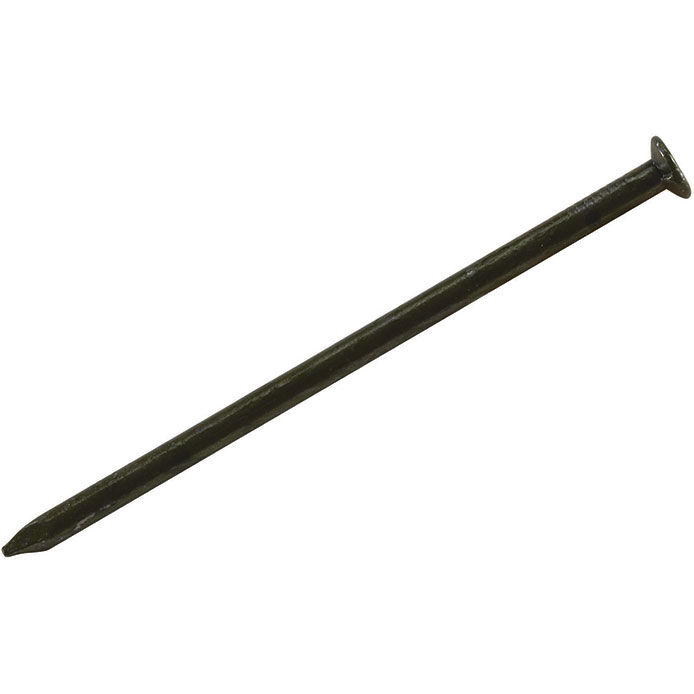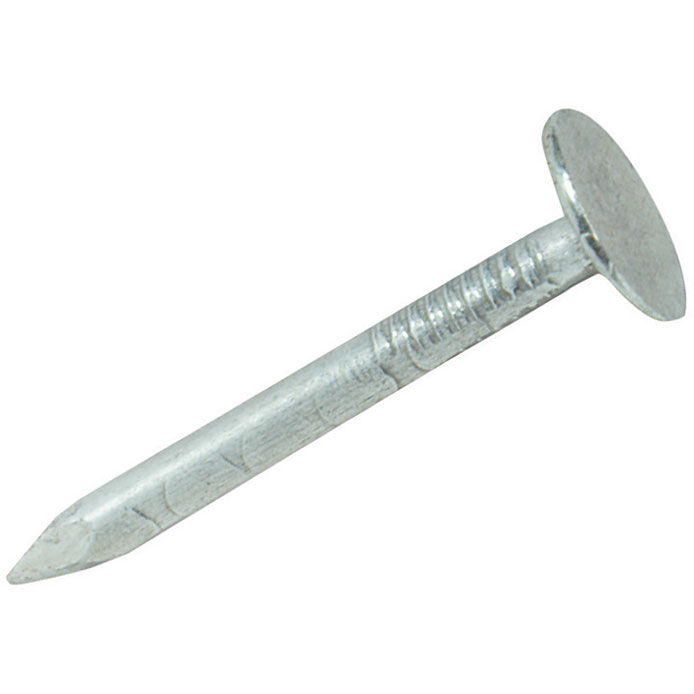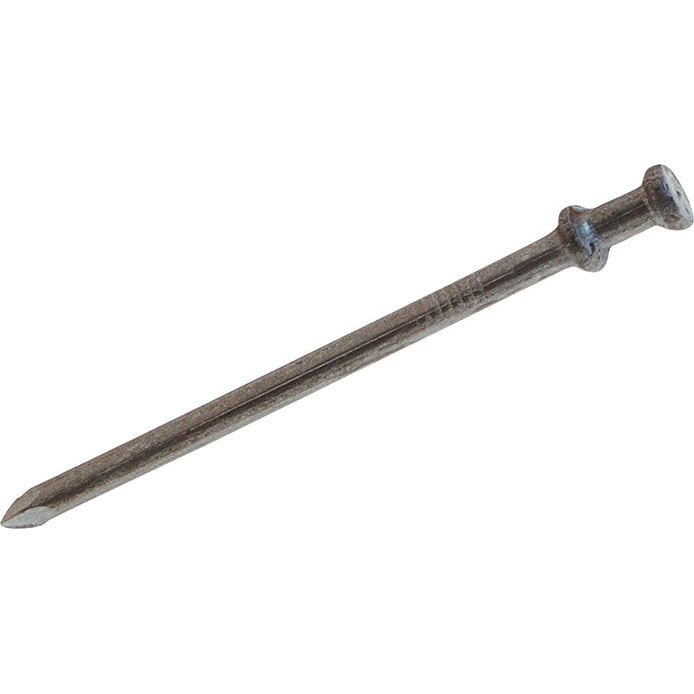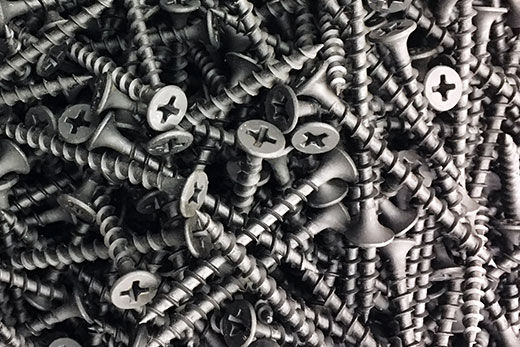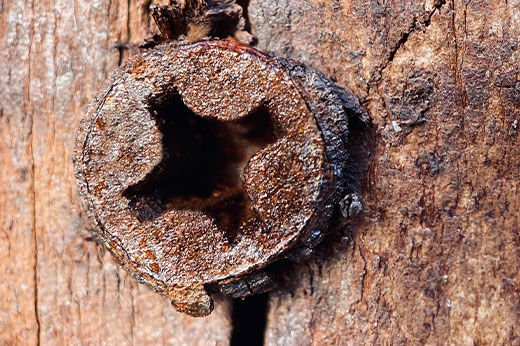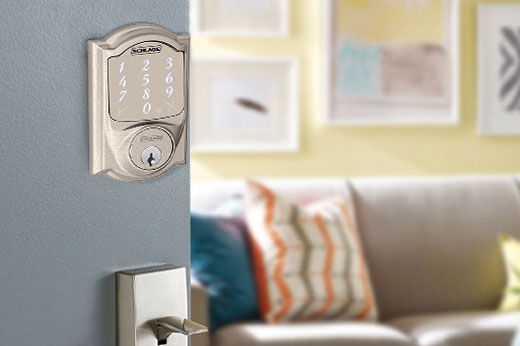Common nails, as their name suggests, are the most common nail used for construction and building. They are often the first choice for framing and carpentry projects as their heavy shank is reliable for its sturdy support. These heavy-duty nails are used for strength and function for more rough work projects rather than for their aesthetic appearance. The round head of the common nail is usually visible on surfaces, making this style of nail better for work where function is more important than appearance.
|
|
